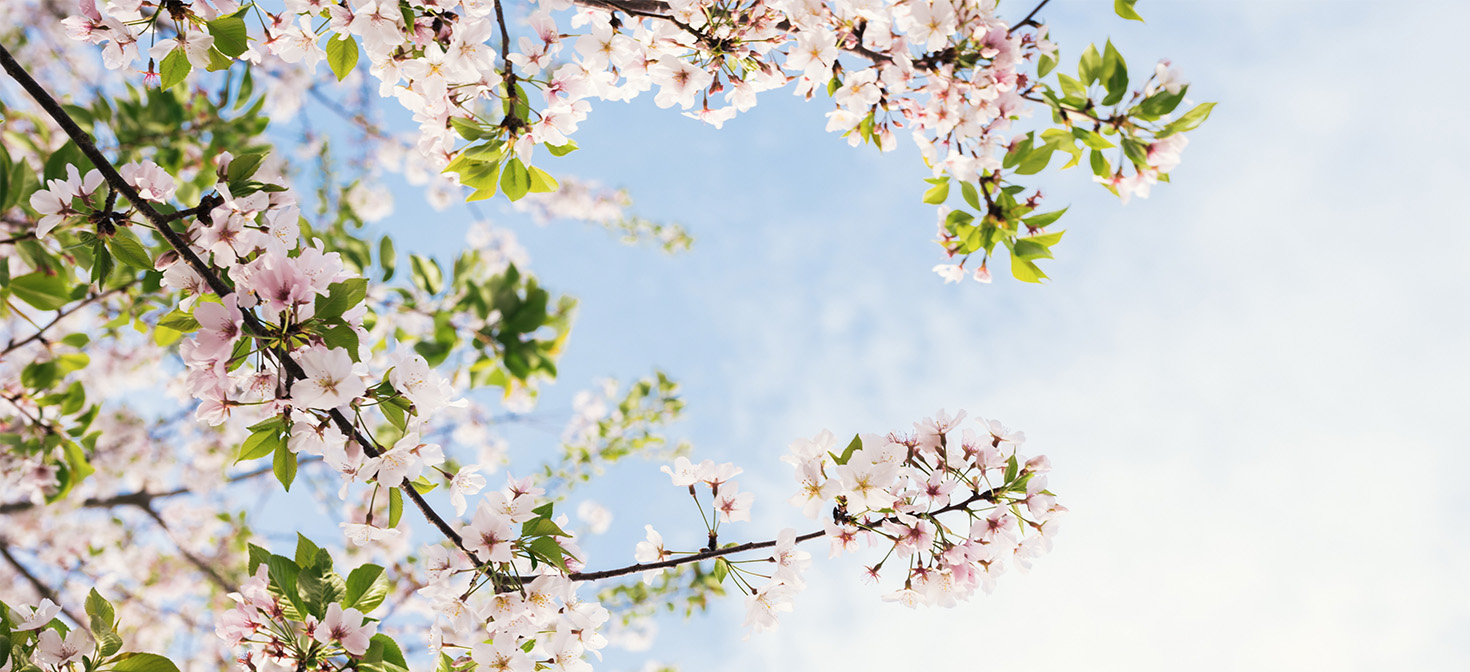
For sparkling glassware and to remove stubborn stains, add a little salt to a damp microfibre cloth for extra abrasive power and rub gently in a circular motion. Although the salt is abrasive, it is gentle enough not to scratch the delicate glass. Rinse with warm water and dry to a high shine with a glass cloth.
For spotless glasses whilst using the dishwasher, place 1 cup of white vinegar into the rinse aid well while running, this is also effective on stainless steel cutlery.









